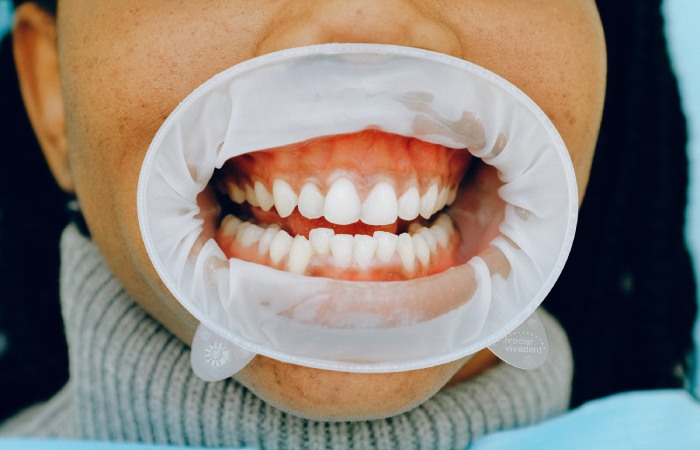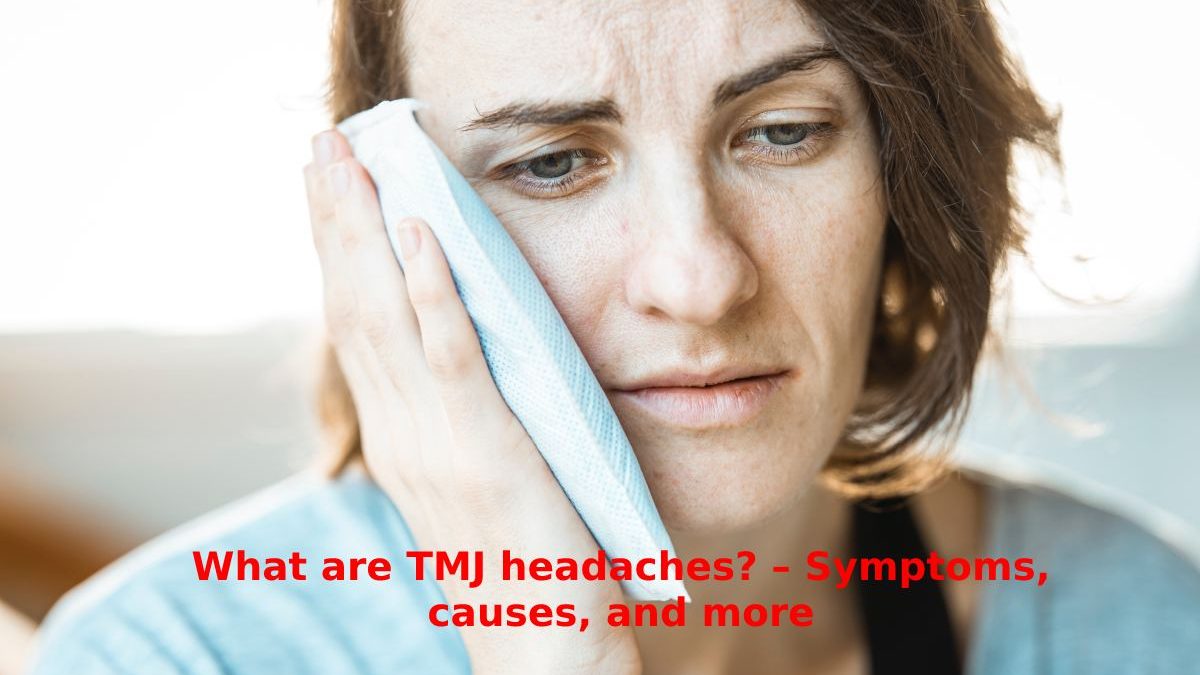TMJ headaches – When the muscles in your jaw tense up like when you grind your teeth, the pain can spread to other TMJ muscles alongside your cheeks and on the sides and top of your head, causing a headache. A TMJ headache might also result from TMJ issues related to osteoarthritis, joint hypermobility, or osteoporosis.
There are many headaches, and their causes and symptoms can vary. Although most are short-lived and rarely a cause for concern, recognizing the type of headache a person has can tell you how best to treat it and whether you should see a doctor.
Table of Contents
What Does a TMJ Headache Look Like?
Temporomandibular joint disorders directly affect the muscles responsible for chewing, such as the masticatory and temporal muscles. The dysfunction of these structures manifests itself primarily in headaches, fatigue when chewing, and difficulty opening.
Common Symptoms of TMJ Disorder
Some symptoms of TMJ disorder are unmistakable. Clicks and clicks in the jaw, for example, are rarely more than a TMJ disorder. However, other signs of the disease can easily be confused with other health problems. For example, headaches can be misdiagnosed as migraines; It is commonly believed that ear pain originates in the ear canal, not in a nearby joint. To analyze TMJ disorder, we take a step back and look at all of your symptoms to put the puzzle together. Here are the signs you might have TMD:
Headache
Headaches from TMJ disease can come and go or be chronic as the condition progresses and worsens over time. These headaches usually appear to originate behind the eyes and are often misdiagnosed as migraines.
Earache
The temporomandibular joint sits just above the ear, so it can cause ear pain if it becomes infected. However, if you have frequent earaches with no other symptoms, TMJ disease may be the cause and not an ear infection. When the temporomandibular joint is active, you may also experience a feeling of fullness in your ears and even dizziness, as the body’s sense of balance comes from the inner ear.
Clicks And Pops
When you yawn, do you hear or sense your jaw snap? When you eat chewy foods like crusty bread or fudge, does your jaw crack? Do you sometimes feel like you have to “bite” your jaw by popping it? These are all signs that you may have TMJ disease. Like any other joint in the body, the tmj would not make any noise when used. Noise from this joint is a clear sign that something is wrong.
Locked Jaw

Suppose your jaw gets stuck in the open or closed position, another sign that the temporomandibular joint is not working correctly. Again, it is essential to seek prompt treatment if this symptom is common.
Jaw Pain
TMJ-related jaw pain is felt in the temples and can spread to the sides of the upper jaw and beyond. Sometimes, instead of pain, patients experience an uncomfortable sensation that is often describe as a jaw misalignment.
Face Pain
If the temporomandibular joint is particularly inflame, it can even cause pain in other parts of the face: in the cheeks, under the eyes, and even on the forehead. TMJ pain can be like a vicious cycle. Muscle tightness can cause TMJ pain, then TMJ pain can also cause more muscle tension that can also felt in other parts of the face.
Shoulder And Neck Pain
It is not uncommon for patients with TMJ disorders to experience neck and shoulder pain. Like facial pain, this one is also related to the muscle tension it drives and is cause by TMJ disorder. Poor posture can cause TMJ pain, but the poor position can also be a reaction to TMJ pain.
Tooth Changes
Teeth grinding and jaw clenching are the two reasons for TMJ pain. If you notice that your teeth look worn out or have chips or cracks that you don’t remember from an injury, it could signify that you also have a dental illness. Patients can also feel that their upper and lower teeth no longer fit together properly; this may indicate that the temporomandibular joint dysfunction is so severe that the jaw is no longer align as it should be.
Causes of Temporomandibular Disorders
To effectively treat TMJ disorders, we must determine the underlying cause. Although treating the symptoms may provide temporary relief, it is only by treating the cause of the TMJ disorder that we can find a permanent solution. The reasons for pain in the jaw joints are:
- Facial trauma or other injuries to the jaw joint
- arthritis
- Congenital birth defects or other structural problems of the jaw
- Teeth grinding and clenching (often in response to stress)
- Joint erosion
- Orthodontic treatment
- Bad posture
Is Temporomandibular Headache a Migraine?
People often experience a migraine as a stabbing pain. The pain may only be on a single side of the head but can also felt on both sides. Light, sound, smell, stress, activity, or hormonal changes can trigger pain.
A migraine can make you temporarily sensitive to light, noise, smells, and nausea. Physical activity can also cause migraines to get worse. Some people experience visual or sensory changes called auras before, during, or after a headache.
Conclusion
You may not think much about your temporomandibular joint (TMJ), but you use it. Joints connect the jaw to the skull. Every time you speak, chew and swallow, the jaw joint comes into action.

